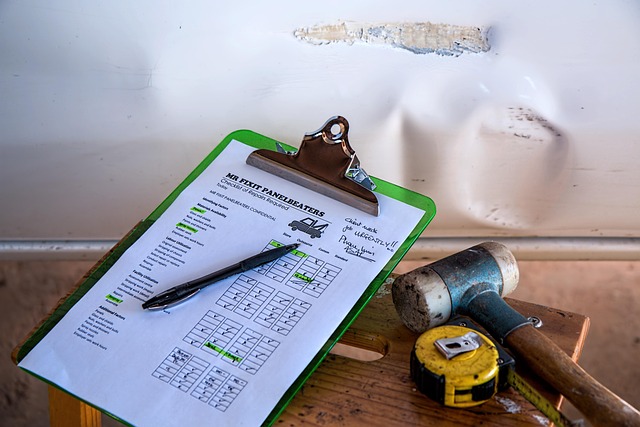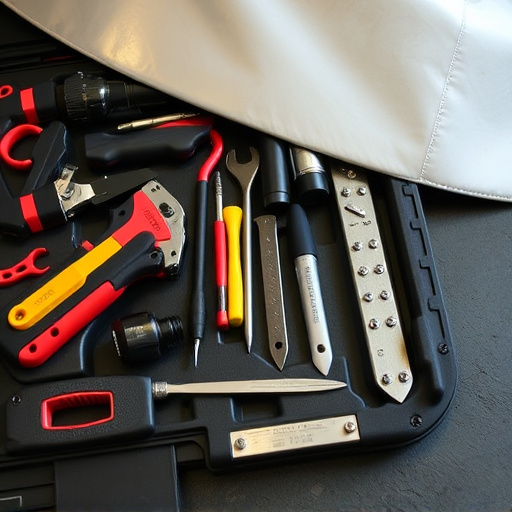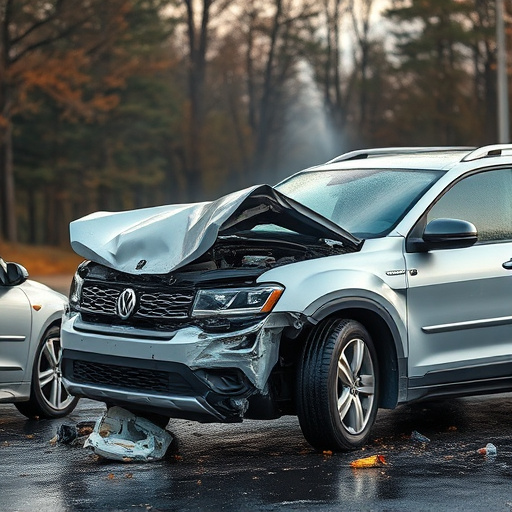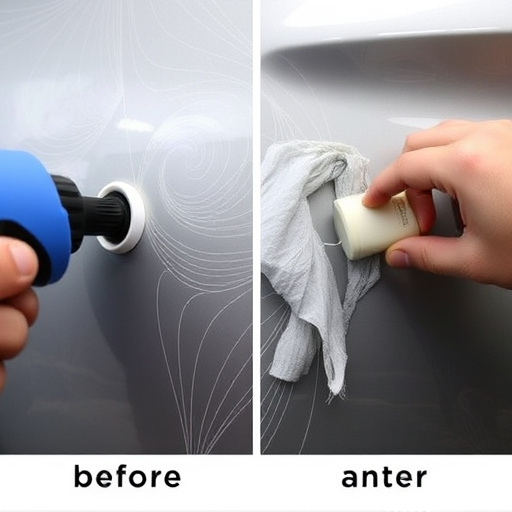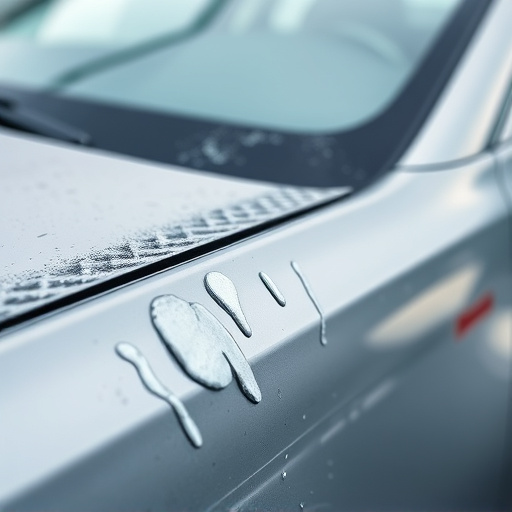The Environmental Protection Agency (EPA) sets strict standards for automotive repair shops, including fender repair and Mercedes-Benz maintenance, to protect the environment and public health. EPA compliance involves managing waste, controlling emissions, and safely disposing of hazardous materials used in auto body work, painting, sanding, and solvent use. Navigating licenses and permits, staying informed about regulations, and maintaining records are crucial for success. Achieving EPA compliance enhances environmental responsibility, builds customer trust, improves reputational standing, attracts eco-conscious customers, and positions the shop as a leader in green initiatives.
In the realm of automotive repair, ensuring an EPA compliant body shop is paramount for businesses aiming to thrive. This article delves into the intricate relationship between Environmental Protection Agency (EPA) compliance and shop licensing/certification. We explore essential requirements for EPA compliant body shops, offering a roadmap for navigating complex permits. Additionally, we provide strategies to enhance certification, ensuring your shop meets stringent EPA standards. By understanding these key aspects, businesses can foster a sustainable and legally sound operation.
- Understanding EPA Compliance Requirements for Body Shops
- Navigating Licensing and Permits: An EPA Compliant Framework
- Enhancing Shop Certification: Meeting EPA Standards Effectively
Understanding EPA Compliance Requirements for Body Shops
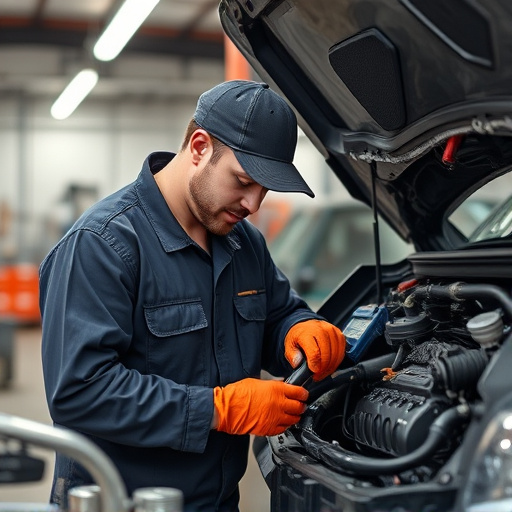
The Environmental Protection Agency (EPA) sets stringent standards to protect both the environment and public health in various industries, including automotive repair shops. For a shop specializing in fender repair or fleet maintenance services like Mercedes-Benz repair, becoming an EPA compliant body shop is not just a regulatory requirement but also ensures best practices for waste management and emissions control. These regulations cover a wide range of aspects, from proper disposal of hazardous materials used in auto body work to implementing measures to reduce air pollution caused by automotive operations.
Shops that engage in activities such as painting, sanding, or using solvents must adhere to strict guidelines on managing and containing these substances to prevent contamination. This includes the use of containment systems, proper labeling, and adherence to protocols for disposal or recycling. By meeting EPA standards, a body shop not only avoids hefty fines but also establishes itself as a responsible and environmentally conscious enterprise, potentially gaining customer trust and enhancing its reputation among competitors offering similar services, such as those specializing in Mercedes-Benz repair.
Navigating Licensing and Permits: An EPA Compliant Framework
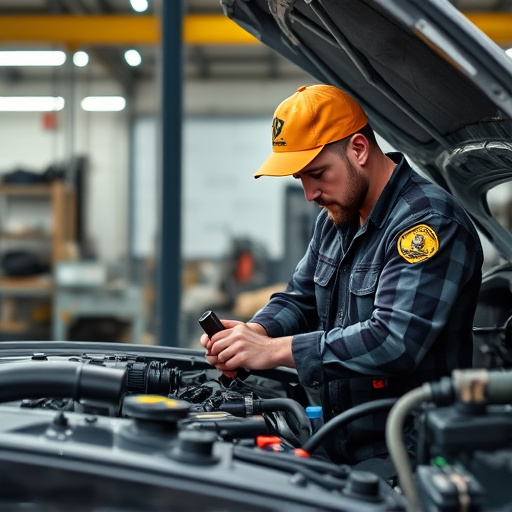
Navigating Licensing and Permits: An EPA Compliant Framework
For an EPA compliant body shop, understanding the landscape of licensing and permits is vital. This involves adhering to both local and federal regulations designed to protect the environment and public health. In many jurisdictions, a shop offering tire services, automotive repair services, or car repair services must obtain specific licenses and permits before operations can commence. These include permits for waste disposal, emissions control, and potentially even water usage, depending on the scope of the business’s activities.
An EPA compliant body shop should work closely with local regulatory bodies to ensure all necessary documentation is in place. This process involves careful planning, staying updated on changing regulations, and maintaining comprehensive records. By adhering to these guidelines, shops can not only meet their legal obligations but also foster a culture of responsible environmental stewardship, enhancing their reputation as legitimate and ethical businesses within the automotive industry.
Enhancing Shop Certification: Meeting EPA Standards Effectively

Achieving EPA compliance is a significant step for any automotive body shop aiming to enhance its certification and service offerings. By adhering to Environmental Protection Agency (EPA) standards, shops can ensure they are not only legally compliant but also providing high-quality car damage repair and car paint services that prioritize environmental sustainability. This involves implementing robust practices to minimize the release of volatile organic compounds (VOCs) from paints and solvents, effectively managing hazardous waste, and adopting efficient recycling methods for materials like metal and plastics used in automotive body shop operations.
An EPA compliant body shop demonstrates its commitment to both excellence in car paint services and environmental stewardship. Such shops often invest in advanced technologies that enable them to offer eco-friendly solutions without compromising on the quality of their repairs. This not only attracts environmentally conscious customers but also fosters a reputation for being a leading automotive body shop, leveraging its commitment to sustainability as a unique selling point.
In conclusion, navigating EPA compliance is paramount for any body shop aiming to thrive in today’s regulated environment. By understanding stringent environmental regulations and implementing effective licensing and certification strategies, shops can ensure their operations are both lawful and sustainable. Adopting an EPA-compliant framework not only mitigates legal risks but also positions businesses as responsible stewards of the environment, fostering a positive reputation among customers and industry peers alike. Embracing these practices is key to establishing a successful and reputable EPA compliant body shop.

